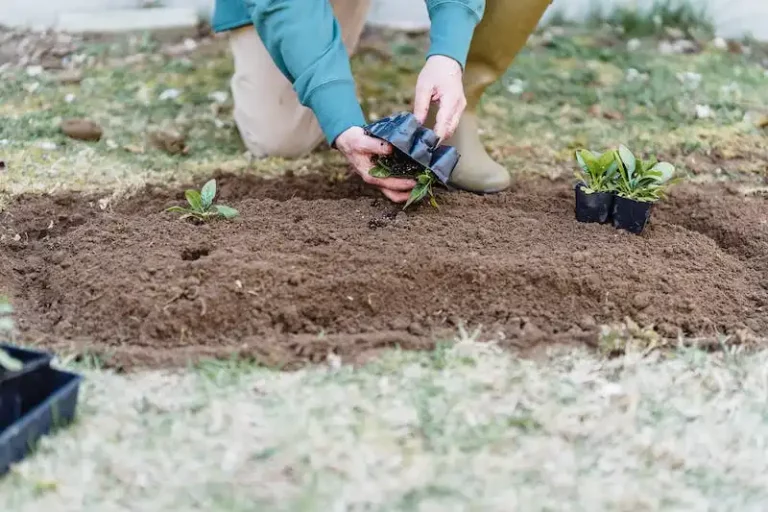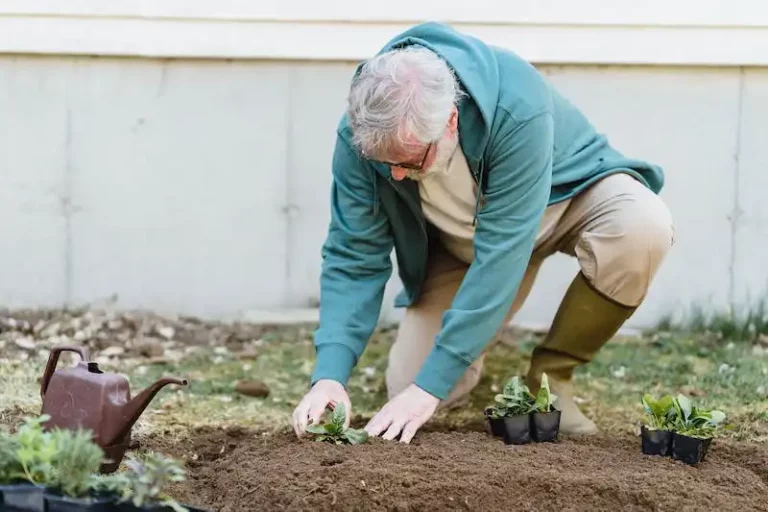The Croton plant, also known by its scientific name Codiaeum variegatum, is a popular choice for plant lovers due to its vibrant and colorful foliage. However, it can be a cause for concern when the leaves start dropping. This article aims to shed light on the possible reasons behind this issue and provide solutions to help your Croton thrive once again.
One of the reasons why your Croton may be dropping leaves is due to its specific environmental needs. Crotons love bright, indirect sunlight and need to be positioned near a window where they can receive plenty of light throughout the day. If your Croton is located in a shady or dark area, it may not be getting the amount of light it requires, causing distress and leaf drop.
Another factor to consider is the moisture level in the environment. Crotons thrive in a humid environment but can tolerate slightly lower humidity levels. If the air in your home is too dry, it may be beneficial to occasionally mist the foliage to increase moisture. However, be careful not to overdo it, as excessively wet conditions can lead to root rot and other issues.
In addition to light and moisture, temperature can also play a role in the health of your Croton. They prefer warmer temperatures ranging between 60°F – 85°F (15°C – 29°C). Cold drafts or sudden temperature changes can stress the plant and cause leaf drop. It’s important to keep your Croton away from doors and windows that may let in cold air during the colder months.
If you’ve ruled out environmental factors and your Croton is still dropping leaves, it’s worth checking the plant for any signs of pests or diseases. Common culprits include spider mites, mealybugs, and fungal infections. Inspect the leaves, stems, and soil for any signs of infestation or disease, and take appropriate measures to treat the problem.
In conclusion, if your Croton is dropping leaves, it may be due to a combination of factors such as inadequate light, improper moisture levels, temperature fluctuations, or pest infestation. Ensure that your Croton is positioned in a suitable environment, receives enough light and moisture, and is protected from extreme temperatures and pests. By addressing these issues, you can help your Croton regain its health and beauty.
Why Is My Croton Plant Dropping Leaves And How To Fix It
One of the most glorious houseplants you can choose is the croton (Codiaeum variegatum). With their vibrant and colorful leaves, they add a tropical touch to any indoor space. However, when croton plants start dropping leaves, it can be a cause for concern.
There are several reasons why your croton plant may be dropping leaves. One common cause is overwatering. Crotons prefer soil that is slightly moist but not waterlogged. Overuse or improper watering practices can lead to root rot and cause the leaves to drop.
On the other hand, underwatering can also cause leaves to drop. Crotons need regular moisture to thrive, especially during hot and dry periods. If the soil becomes too dry, the plant may begin to droop and drop leaves.
Another common cause of leaf drop in croton plants is stress. Crotons are tropical plants and they crave high humidity levels. If the air in your home is too dry, the plant may not be getting the moisture it needs, leading to leaf drop. Placing a humidifier near the plant or misting it with water can help increase humidity levels.
Chemical shock is another possible cause of leaf drop in crotons. Be careful when fertilizing your plants, as excessive or improper use of fertilizers can damage the roots and cause the leaves to drop. Make sure to follow the instructions on the fertilizer packaging and dilute it to the recommended concentration.
Crotons also require bright, indirect light to maintain their vibrant colors. If the plant is placed in a low-light area, the leaves may begin to drop. Make sure to choose a spot in your home where the croton can receive bright, filtered light for several hours a day.
Pruning can also be a solution to leaf drop. Crotons tend to grow bushy and can become leggy if not pruned regularly. Removing dead or yellowing leaves will promote healthier growth and prevent the plant from dropping leaves.
In conclusion, there are several possible causes for croton plants dropping leaves, including over or underwatering, stress, chemical shock, and improper lighting. By monitoring the moisture levels, providing proper humidity, fertilizing carefully, and ensuring the plant receives enough light, you can help prevent leaf drop and keep your croton looking gorgeous all year round.
The Croton Plant Comes In A Glorious Array Of Leaf Shapes, Sizes, And Colors
The Croton plant, scientifically known as Codiaeum variegatum, is a beautiful and vibrant plant that is native to Southeast Asia and the Pacific Islands. It has gained popularity as a houseplant due to its stunning array of leaf shapes, sizes, and colors. The leaves of the Croton plant can be long and narrow, broad and oval, or even twisted and spiral-shaped. They come in various shades of green, yellow, red, orange, and purple, often with striking patterns of spots, stripes, or veins.
But, between all the beauty, there can be some trouble. One common issue that Croton owners may face is leaf dropping. The leaves of the Croton plant are mostly broad and have delicate tips, making them more susceptible to damage. Dropping leaves can be distressing, but it is often a natural response to environmental factors.
When a Croton is exposed to sudden changes in light or temperature, it may respond by dropping its leaves. This is more common when the plant is moved from one environment to another, such as from a nursery to a new home. Overuse of fertilizers or unsuitable watering practices can also cause leaf dropping. It is important to ensure that the plant’s soil is thoroughly watered, but not overly saturated. Under-watering or over-watering the Croton plant can both lead to leaf drop.
To fix the issue of leaf dropping due to under-watering, it is recommended to water the plant regularly. The soil should be kept consistently moist, but never soggy. On the other hand, over-watering can cause root rot and lead to leaf drop. It is essential to allow the topsoil to dry out slightly between watering, as this mimics the natural cycle of wet and dry periods in the plant’s native environment. Additionally, it is advised to use filtered or distilled water, as the Croton plant is sensitive to chemicals found in tap water.
Another potential cause of leaf dropping is pests. The Croton plant is susceptible to infestation by common houseplant pests such as spider mites, mealybugs, and aphids. These pests feed on the plant’s leaves and sap, causing damage that can lead to leaf drop. To prevent or address pest issues, it is essential to regularly inspect the plant for any signs of infestation, such as webbing, tiny bugs, or distorted leaves. If pests are found, they can be treated with organic or chemical pest control methods. It is recommended to wear gloves and follow the instructions on any chemical products used.
The Croton plant prefers bright, indirect light and high humidity. It should be positioned near a window where it can receive ample bright light but protected from direct sunlight, as this can scorch the leaves. Although the Croton plant appreciates humidity, it can still thrive in average household humidity levels. To increase humidity around the plant, placing it on a pebble tray filled with water or using a humidifier can help.
In conclusion, if you notice your Croton plant dropping its leaves, it is important to assess the potential causes. Ensure that you are providing suitable environmental conditions, including proper watering, adequate light, and humidity. Regularly inspect the plant for signs of pests and take necessary measures to address any infestation. With proper care and attention, your Croton plant will continue to grow and delight you with its glorious array of leaves.
Confusion Over The Croton Plant Versus The Croton Genus
There is often confusion between the Croton plant (Codiaeum variegatum) and the Croton genus. While the Croton plant is a member of the Croton genus, it is important to understand the differences between the two.
The Croton plant, also known as “Joseph’s coat,” is a popular tropical houseplant cherished for its large, colorful, and variegated leaves. It is native to Malaysia, Indonesia, and the Pacific Islands. Croton plants require specific environmental conditions to thrive, including temperature, lighting, humidity, and proper watering.
Temperature plays a crucial role in the health of Croton plants. They prefer warm temperatures between 60-85°F (15-29°C), and any extremes can cause leaf drop. Similarly, sudden changes in temperature can also stress the plant, leading to leaf drop.
Lighting is another important factor for Croton plants. They need bright, indirect light to thrive. Insufficient lighting can cause leaf drop. However, too much direct sunlight can also burn the leaves, causing them to drop.
Humidity is a key consideration for Croton plants. They require a high humidity environment, preferably between 40-60%. Lack of humidity can cause dryness in the air, leading to leaf drop. Placing a humidifier nearby or misting the leaves can help increase humidity levels.
Proper watering is critical for the health of Croton plants. Over-watering can lead to root rot and cause leaf drop. On the other hand, under-watering can result in dehydration and leaf drop as well. It is important to water the plant thoroughly and allow the top inch of soil to dry out before watering again.
Another common cause of leaf drop in Croton plants is pests and diseases. Aphids, mealybugs, and spider mites are common pests that can infest the leaves and cause damage. Fungal diseases, such as leaf spot or root rot, can also lead to leaf drop. Regular inspection and treatment with appropriate pesticides or fungicides can help prevent these issues.
In some cases, leaf-drop in Croton plants is a normal part of their growth cycle. As new leaves develop, older leaves may drop off. This process ensures the plant is putting energy into fresh growth. However, if leaf-drop occurs excessively or rapidly, it may indicate an underlying problem that needs attention.
If you notice your Croton plant dropping leaves, it’s essential to consider the five environmental reasons discussed above – temperature, lighting, humidity, watering, and pests/diseases. Assess if any of these factors could be causing the leaf drop and make appropriate adjustments.
Overall, confusion between the Croton plant and the Croton genus can lead to trouble caring for these beautiful houseplants. By keeping in mind the specific requirements of the Croton plant and implementing suitable solutions, you can keep your Croton plant healthy, making it a brilliant addition to your indoor greenery.



